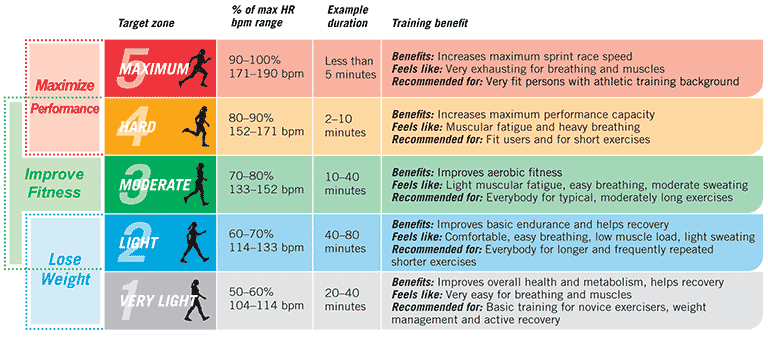

This means that the 20-year-old may want to aim for a heart rate between 128 and 152 bpm during a moderate-intensity workout, or between 154 and 186 bpm for a high-intensity workout. For example, the maximum heart rate for a 50-year-old would be estimated to be 170 bpm, and 200 bpm for a 20-year-old. You can estimate your maximum heart rate by subtracting your age from 220. These are the average resting heart rates for healthy adults, as reported by the same study:ĭuring exercise, the Centers for Disease Control and Prevention (CDC) recommends aiming for a target heart rate between 64% and 76% of your maximum heart rate for moderate-intensity workouts, and 77% to 93% for high-intensity workouts. For example, one large study found that the upper limit of the average resting heart rate is 110 bpm for adults 18 to 45 years old, 100 bpm for those between 45 and 60 years old, and 95 bpm for those older than 60. Your doctor can help you assess whether your resting heart rate is healthy for you. For example, athletes and physically fit individuals may have resting heart rates as low as 30 bpm.

Adult males tend to have lower heart rates.Ī heart rate outside of this range may still be considered healthy in certain situations. Typical Resting Heart Ratesįor most adults, a normal resting heart rate is considered to be between 60 to 100 bpm, though this range can vary and depends on multiple factors. Heart rate can vary during rest, exercise, and sleep. We discuss what is considered a normal sleeping heart rate for each age range, as well as share signs to look out for that may indicate an underlying condition. A normal heart rate while sleeping is often between 40 to 50 beats per minute (bpm), though there is variability between individuals. Stress and exercise can raise heart rate, while sleeping can lower it. This shows that vigorous-intensity physical activity for a 35-year-old person will require that the heart rate remains between 142 and 172 bpm during physical activity.Your heart rate fluctuates throughout the day, based on activity levels and emotions. For example, for a 35-year-old person, the estimated maximum age-related heart rate would be calculated as 220 – 35 years = 185 beats per minute (bpm).

To figure out this range, follow the same formula used above, except change “64 and 76%” to “77 and 93%”. This shows that moderate-intensity physical activity for a 50-year-old person will require that the heart rate remains between 109 and 129 bpm during physical activity.įor vigorous-intensity physical activity, your target heart rate should be between 77% and 93% 1, 2 of your maximum heart rate. For example, for a 50-year-old person, the estimated maximum age-related heart rate would be calculated as 220 – 50 years = 170 beats per minute (bpm). To estimate your maximum age-related heart rate, subtract your age from 220. You can estimate your maximum heart rate based on your age. 1įor moderate-intensity physical activity, your target heart rate should be between 64% and 76% 1, 2 of your maximum heart rate. One way of checking physical activity intensity is to determine whether your pulse or heart rate is within the target zone during physical activity.


 0 kommentar(er)
0 kommentar(er)
